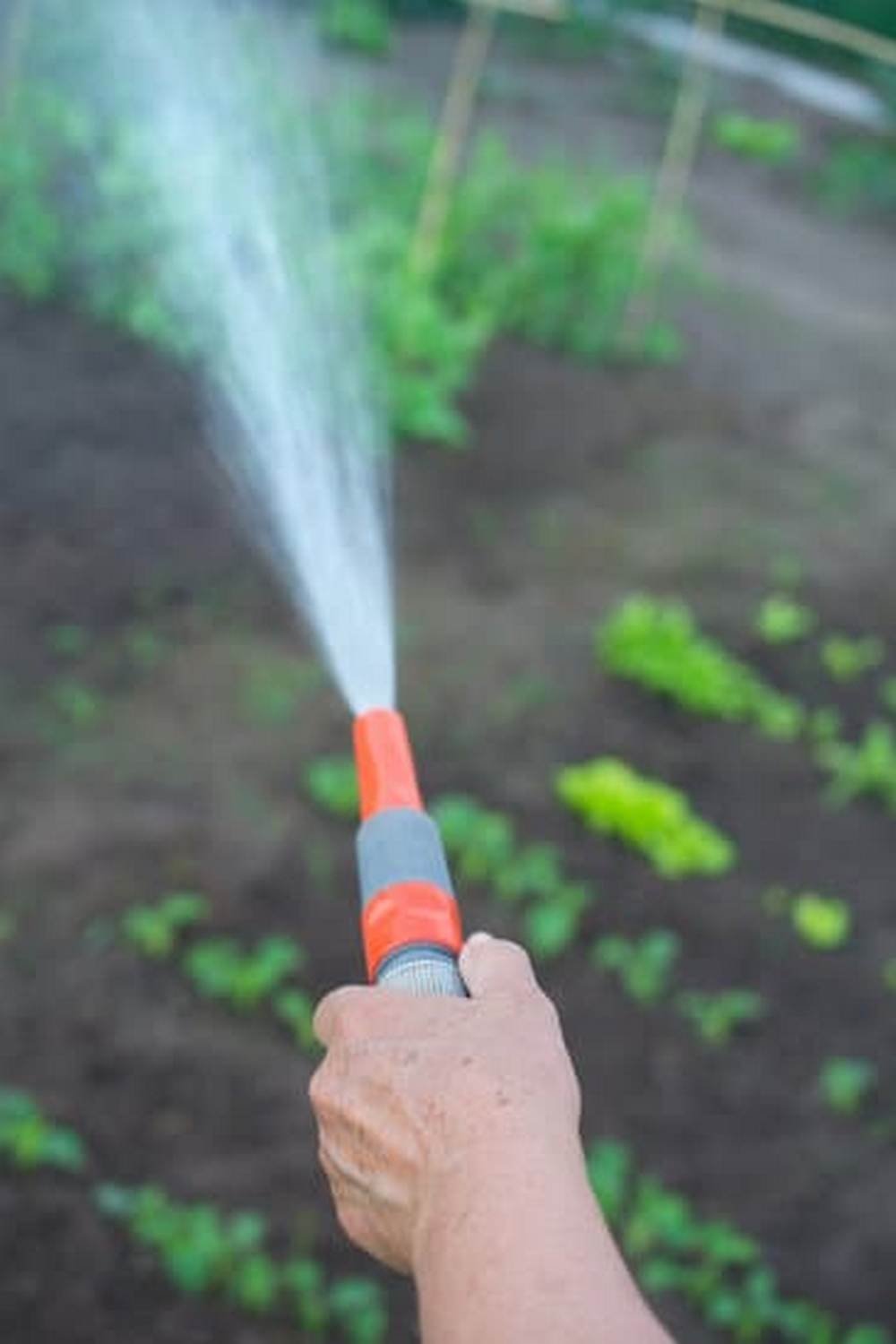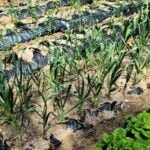Introduction
Leaf mold is an organic material, primarily made up of decaying leaves or tree bark, that can be added to a vegetable garden with tremendous benefits. Leaf mold helps to improve the structure, drainage, and water retention in soil. By providing more efficient water and nutrient management, leaf mold helps plants remain healthy and stress free. In addition, it has very few weeds due to its increased fertility. Furthermore, leaf mold decreases air pollution from synthetic fertilizers because it naturally contains essential micro-nutrients such as nitrogen and potassium that feed both the plants and soil bacteria. On top of this, leaf mold increases biodiversity in your garden as insects and worms take advantage of the material for reproduction. With all these benefits, adding leaf mold to your vegetable garden will only produce healthier and tastier vegetables for you and your family!
What Is Leaf Mold?
Leaf mold is a type of organic matter created by fungi decomposing leaves. This process is often seen in natural areas such as forests, but can also be found in urban gardens. Leaf mold generally forms when the temperature and humidity are both high and there’s an abundance of fallen broad-leafed trees nearby, like maple, oak or walnuts trees. It consists of crumbly bits of partially decomposed leaves that hold moisture and form an ideal habitat for microorganisms.
Composition – Leaf mold is composed mostly of carbon dioxide and water molecules with some left over minor elements like phosphorus, potassium, nitrogen, aluminum and magnesium. It can have either a very sweet scent or a musty smell which indicates the inching rate at which the composting is happening; too fast means too much nitrogen which can give it an unpleasant aroma.
Unique Gains & Uses – Leaf mold has many unique gains and uses in the vegetable garden. Its dark color helps to warm up soil more quickly than most other types of compost. Its particles also hold up to four times their weight in water providing excellent protection for plants against drought conditions. This type of organic matter enhances soil texture by loosening heavy clay soils while simultaneously retaining moisture so light sandy soils don’t dry out quickly. It also adds essential nutrients to aid plant growth while improving overall soil fertility. Finally, leaf mold acts as a natural defense against weeds as its dense structure makes it difficult for them to germinate within it.
How & When to Add Leaf Mold to Your Garden
Steps to Add Leaf Mold to Your Vegetable Garden:
1. Rake up a large pile of leaves in the autumn, including any that have fallen in your vegetable garden. Make sure to remove any sticks, stones or other debris.
2. Place the leaves in a shallow container or bucket and cover with water. The amount of water you add should be equal parts water and leaf mold mulch mix. Allow the container or bucket to sit for two weeks before adding it to your garden.
3. After two weeks, use a garden fork or shovel to spread out the leaf mulch over the top of your soil evenly. You want to make sure that all areas of your vegetable garden are covered in an even layer of compost which will act as fertilizer for your plants. It can take up between three and eight months for the leaf mold to fully decompose into compost which is suitable for planting vegetables in without risk of burning their roots.
4. Add additional nutrients such as manure into the compost mixture before spreading it over your vegetable garden beds if possible. This will give extra nutrients needed by plants while they are still growing healthy and strong within them.
5. Mulching over each bed with more leaf mold after each harvest can help keep soil moist, provide nutrients throughout the year, and help plant roots stay cool during hot summer days which can promote healthier growth rates in vegetables grown within beds using this method of gardening
Enhancing the Benefits of Leaf Mold
One of the best ways to incorporate and utilize leaf mold for optimal results in a vegetable garden is by using it as mulch around plants. It has superior water-retaining capabilities, so it helps retain moisture in the soil. It also helps reduce weeds by blocking out light from reaching their seeds and prevents erosion of the nutrient-rich topsoil. Leaf mold can be worked into bare patches of soil or combined with compost before planting to provide essential nutrients to plants.
Another way to use leaf mold in a vegetable garden is to make a compost tea with it. To do this, mix one part of leaf mold with five parts water and steep for 24 hours before simply adding the tea directly onto the soil around vegetables. This will supply both macronutrients such as nitrogen, phosphorus and potassium, as well as micronutrients like magnesium and zinc that are important for proper plant health.
Using leaf mold on vegetable beds can also increase aeration since it’s continuously breaking down into organic matter over time; this free fertilizer also attracts earthworms — beneficial organisms that help make organic nutrients more available in the growing environment. Finally, adding a thin layer of cured leaf mold over pathways in between beds will help control dust, reduce weed growth and minimize mud in wet weather which can otherwise harm root systems when splashed onto vegetables during downpours or irrigation.
Different Uses for Leaf Mold Throughout the Year
Spring – Leaf mold can be used as a nutrient-rich mulch to help retain moisture, prevent weeds and nourish plants. It also helps protect against frost and encourages early plant growth when mixed with soil.
Summer – As the days get hotter and drier, leaf mold acts like a sponge in the garden, slowly releasing moisture into the soil helping reduce water loss. A thin layer applied around flowers or vegetables will suppress weed growth while its slow release of nitrogen adds fertility to the soil.
Autumn– Leaf mold is a great winterizer for plants that are expected to survive over winter in temperate climates. Applied more thickly than mulch it helps insulate roots from freezing and helps provide nutrients for healthy spring growth.
Winter – During this season, leaf mold can help you plan trackless pathways across your garden or fill unused beds with composted leaves if you want to keep the area tidy until spring arrives again. You might even use dead leaves on your compost pile during difficult months so they can decompose into rich nutrients then return to the ground during growing season.
Conclusion
In conclusion, incorporating leaf mold into your vegetable garden is a great way to add beneficial nutrients to the soil, improve soil drainage and aeration, increase water retention in the soil, and attract beneficial insects. These aspects all play a major role in creating a healthy and productive vegetable garden. Gardening with leaf mold can be very rewarding and is an excellent way to reduce environmental waste. If you are interested in learning more about leaf mold composting or how it can benefit your garden specifically, there are plenty of resources available online or through your local extension office. Additionally, speaking with homesteaders and other experienced gardeners about their own experiences with leaf mold composting can prove to be invaluable.

If you’re looking to get into vegetable gardening, or are just looking for some tips on how to make your current garden better, then you’ve come to the right place! My name is Ethel and I have been gardening for years. In this blog, I’m going to share with you some of my best tips on how to create a successful vegetable garden.





